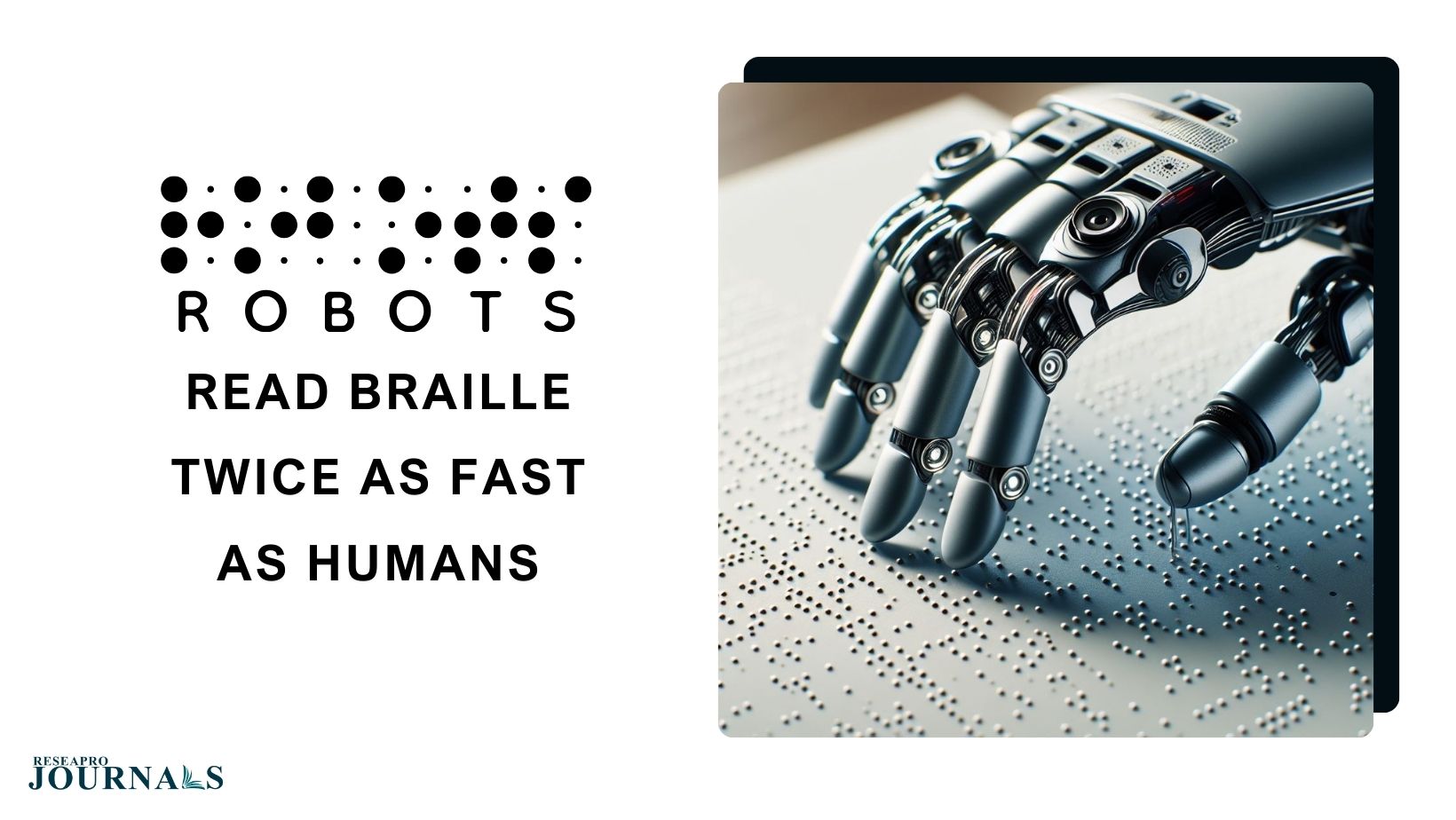|
Getting your Trinity Audio player ready...
|
Imagine being able to read a book at twice the speed of most people. For visually impaired individuals who rely on braille, that dream is now closer to reality thanks to a groundbreaking robotic sensor developed by researchers at the University of Cambridge.
This remarkable invention, incorporating artificial intelligence and machine learning, can read Braille at a staggering 315 words per minute with an accuracy of nearly 90%. That’s roughly double the speed of a skilled human braille reader!
Beyond Speed: Replication of Human Touch
The significance of this achievement goes beyond mere speed. The robotic sensor mimics the way humans read braille, not just by recognizing individual letters but by gliding smoothly across lines of text, much like our fingers do. This dynamic approach is far more efficient than existing robotic braille readers, which move letter by letter, like a robotic finger spelling out words.
The researchers achieved this feat by equipping the sensor with a camera and a combination of tactile and visual sensors. This allows the robot to “feel” the braille dots and capture high-resolution images, even accounting for motion blur caused by its movement.
Machine Learning to the Rescue
But the true magic lies in the machine learning algorithms that power the sensor. Trained on a massive dataset of braille images, these algorithms can deblur the captured images and accurately identify individual characters. This allows the robot to read braille with remarkable precision and speed.
Implications Beyond Braille
The potential applications of this technology extend far beyond braille reading. The high sensitivity and dynamic nature of the sensor make it ideal for a variety of tasks, including:
- Detecting surface textures: Robots equipped with such sensors could grasp objects with greater dexterity and precision, avoiding damage and ensuring safe manipulation.
- Slippage prevention: In industrial settings, robots could use these sensors to detect grip changes and prevent objects from slipping, improving safety and efficiency.
- Enhanced prosthetics: The technology could be incorporated into prosthetics, providing amputees with a more natural sense of touch and improved control over their artificial limbs.
The Future of Tactile Sensing
The development of this robotic braille reader marks a significant step forward in the field of tactile sensing. It demonstrates the potential of AI and machine learning to create robots that can interact with the world in once unimaginable ways.
As the researchers continue to refine and scale their technology, we can expect to see even more exciting applications emerge in the years to come. Who knows, perhaps one day robots will be able to not only read braille but also write it, opening up a world of possibilities for communication and information access for the visually impaired.




